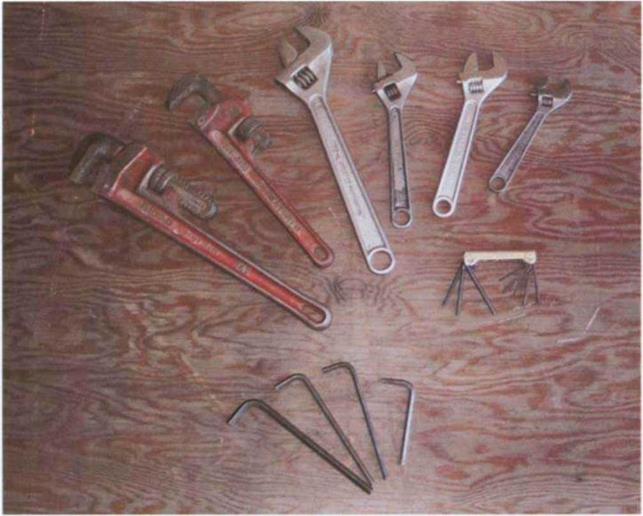HANDSAWS
The following inexpensive handsaws are handy to have:
Coping saws cut curves into any thin stock, although their primary use is coping trim so intersecting pieces fit snugly. They take both metal – and wood-cutting blades.
A hacksaw is most often used to cut metal, especially bolts or nails. Sawblades will last longer if you use the full length of the blade.
A Japanese saw cuts on the pull stroke. Its thin, flexible blade is perfect for cutting flush shims and other thin stock. Most are two-sided, with rip and crosscut teeth.
A handsaw is still worth having in your toolbox, preferably a 10-pt. crosscut saw. Even if you depend primarily on a circular saw, a handsaw is handy for finishing cuts that don’t go all the way through a rafter or joist.
A dovetail saw makes clean crosscuts in smal...
read more





